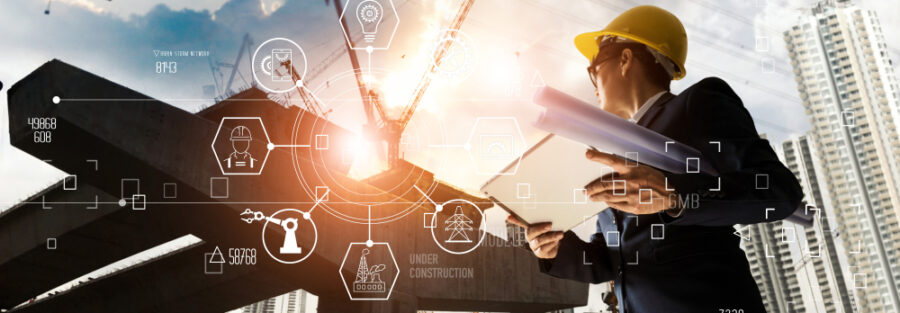Infrastructure monitoring and maintenance have become critical components of ensuring the longevity, safety, and functionality of various physical assets, such as bridges, roads, buildings, utilities, and more. The integration of technology and data-driven approaches has revolutionized how infrastructure is managed. Here are some recent trends and advancements in infrastructure monitoring and maintenance:
Remote Sensing and IoT: Internet of Things (IoT) devices and sensors are used to monitor the condition of infrastructure in real-time. These sensors collect data on factors like vibrations, temperature, stress, and strain, providing insights into the health of structures.
Structural Health Monitoring (SHM): SHM involves using sensors to continuously monitor the structural integrity of infrastructure. Data from sensors help detect anomalies, assess risks, and schedule maintenance activities before major issues arise.
Wireless Sensor Networks: Wireless sensor networks enable cost-effective and scalable monitoring of infrastructure. These networks facilitate the collection and transmission of data without the need for extensive wiring.
Data Analytics and Predictive Maintenance: Advanced data analytics and machine learning are employed to analyze the data collected from sensors. This allows for the prediction of maintenance needs, identifying potential failure points, and optimizing maintenance schedules.
Digital Twins: Digital twins, virtual replicas of physical assets, enable engineers and maintenance teams to simulate scenarios and predict how infrastructure will respond to different conditions. This aids in proactive decision-making and planning.
Drones and UAVs: Unmanned aerial vehicles (UAVs) are used to conduct inspections of large and hard-to-reach infrastructure. Drones equipped with cameras and sensors provide visual data and can identify defects or damages.
LiDAR Technology: Light Detection and Ranging (LiDAR) technology uses laser pulses to create detailed 3D maps of infrastructure. It’s valuable for assessing conditions, measuring dimensions, and identifying changes over time.
Augmented Reality (AR) and Virtual Reality (VR): AR and VR technologies are utilized for maintenance planning and training purposes. Maintenance teams can use AR devices to overlay digital information onto physical assets, aiding in repairs and inspections.
Condition-Based Monitoring: Rather than relying on fixed maintenance schedules, condition-based monitoring focuses on performing maintenance tasks when data indicates that they are necessary. This approach reduces costs and minimizes disruptions.
Blockchain Technology: Blockchain can be used to securely store and manage maintenance records and other data related to infrastructure. This ensures data integrity and can simplify auditing processes.
Collaborative Platforms: Cloud-based platforms enable different stakeholders, including engineers, contractors, and maintenance teams, to collaborate and share data in real-time, streamlining decision-making and reducing communication barriers.
Automated Maintenance Robots: Some maintenance tasks can be performed by specialized robots, such as robots that inspect pipelines or clean building facades.
These advancements are transforming how infrastructure is managed, enhancing safety, reducing downtime, and extending the lifespan of critical assets. Organizations and government agencies are increasingly adopting these technologies to create more resilient and efficient infrastructure systems.



